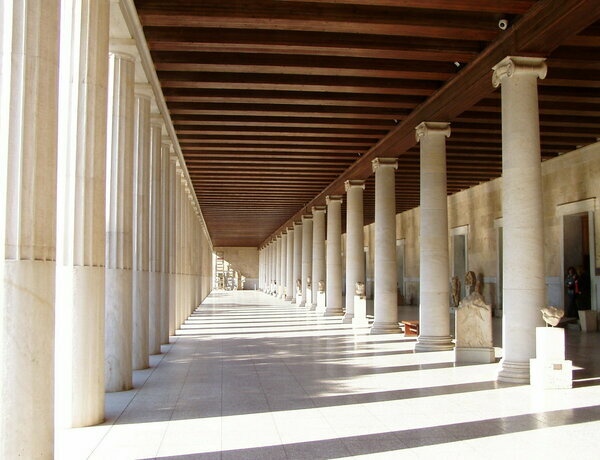
Posted by Filippos Fragkogiannis
Anafiotika is a small neighborhood located on the northeastern side of the Acropolis hill in Athens, Greece. It is known for its picturesque white-washed houses, narrow alleys, and stunning views of the city.
The neighborhood of Anafiotika was established in the mid-19th century by settlers from the island of Anafi, who came to Athens to work on the construction of King Otto’s palace. These settlers built their homes using the traditional Cycladic architecture of their homeland, with flat roofs, whitewashed walls, and blue doors and windows.
Today, Anafiotika is a popular destination for tourists and locals alike, who come to stroll through its narrow streets, admire its charming houses, and enjoy its stunning views of the city and the Acropolis. Visitors can also explore the neighborhood’s small churches and chapels, which are decorated with beautiful frescoes and icons.
Despite its popularity, Anafiotika remains a quiet and peaceful oasis in the heart of Athens, with a relaxed and laid-back atmosphere that contrasts with the bustling city below. It is a must-see destination for anyone interested in the history and culture of Athens, as well as for those seeking a peaceful escape from the hustle and bustle of the city.





